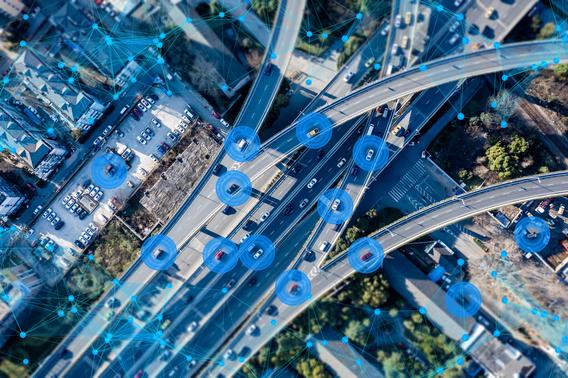
As technologies are developed to move vehicles closer to full automation, a parallel effort is needed to ensure that the supporting infrastructure, policies, regulations, and standards are developed for successfully deploying connected and autonomous vehicles (CAVs).
The MnCAV Ecosystem is led by the Center for Transportation Studies (CTS) at the University of Minnesota. It was established by CTS in 2020 with funding from 13 partners, including a major contribution from the U’s Office of the Vice President for Research. The program brings together interdisciplinary researchers, government, and industry partners to create and test CAV technologies under real-world operating conditions. Download a one-page overview of the program (PDF).
In 2023, the Center for Transportation Studies joined the Center for Connected and Automated Transportation (CCAT), the USDOT’s Region 5 University Transportation Center (UTC), as one of three new partners. Led by the University of Michigan, CCAT is a consortium of nine institutions conducting research to address comprehensive transportation safety, congestion, connected vehicles, connected infrastructure, and autonomous vehicles.
Why Study Connected and Automated Vehicles?
Safety. Car crashes cause more than 100 deaths per day in the U.S. Driver error accounts for the vast majority of these—and research on CAVs could significantly reduce this factor. Innovations from CAV research are already in the market through current vehicle technologies such as lane-keep assist, pre-collision braking, and adaptive cruise control.
Equity. Broad access to CAVs and SAVs (Shared Automated Vehicles) can help to close gaps in both urban and rural transportation and transit networks as well as extending mobility options to people like those with disabilities or those too old or young to drive. This can provid more equitable access to jobs, education, food, medical treatment, and recreation.
Efficiency. CAVs may reduce roadway congestion and improve traffic flow.
U of M Financial Contributors
- Office of the Vice President for Research
- Center for Transportation Studies
- College of Science & Engineering
- College of Design
Individuals from the following: